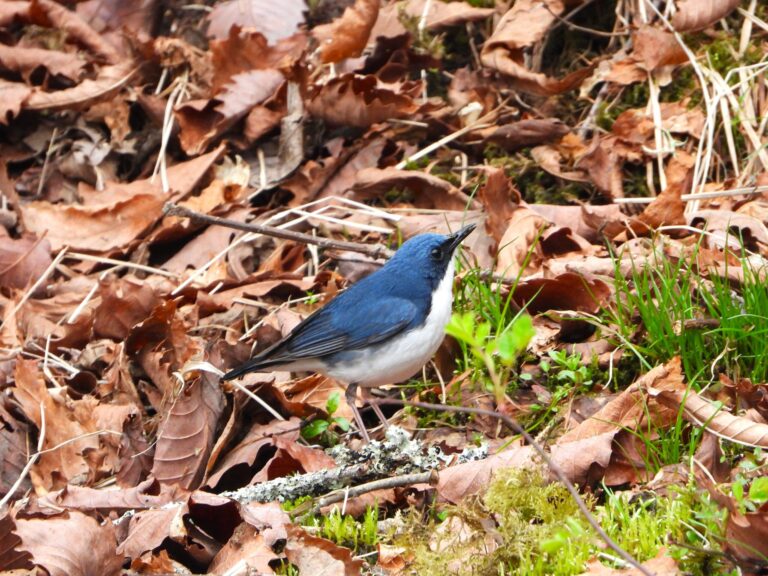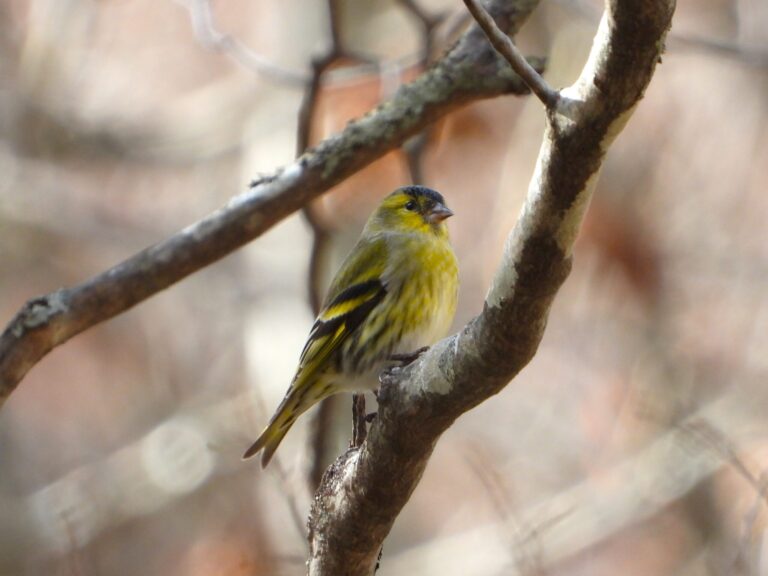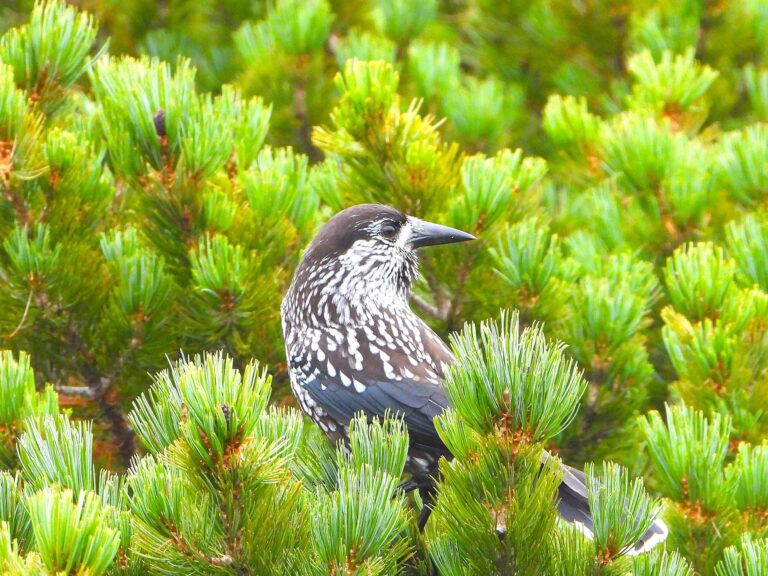Japanese Bush Warbler (Horornis diphone) – Wildlife of Japan
Introduction
The Japanese Bush Warbler (Horornis diphone), known for its iconic spring song “ho-hokekyo,” is more often heard than seen. Its clear, ringing notes announce the season across much of Japan and East Asia. It is celebrated as one of Japan’s “Three Great Songbirds,” together with the Japanese Robin (Larvivora akahige) and the Blue-and-white Flycatcher (Cyanoptila cyanomelana).
Appearance
This small warbler measures about 15–16 cm. It has olive-brown upperparts, dusky underparts, and a pale eyebrow. Both sexes look alike, and the bird’s fine, slightly upturned bill gives it a delicate appearance.
Habitat
The species breeds from low hills to montane forests, favoring dense undergrowth and bamboo thickets. During winter, it moves to lower elevations. In Japan, it occurs widely—migrating to Hokkaido as a summer visitor—and also inhabits other parts of East Asia and Hawaii, where it has been introduced.
Where to Observe
Birders usually hear this species before they see it, since it stays hidden inside thick bamboo and shrubs. During the breeding season, it sings throughout Honshu, Shikoku, Kyushu, and Hokkaido, living along forest edges, overgrown valleys, and shrubby hillsides. In winter, many move down to warmer coastal regions but keep singing from cover. The famous “hoo-hokekyo” song still echoes around rural areas, temple gardens, and wooded parks across Japan.
Behavior
This shy and secretive bird spends much of its time in cover but becomes remarkably vocal in spring. Its “ho-hokekyo” call has symbolized the arrival of spring in Japanese poetry and culture for centuries.
Diet
It feeds mainly on insects and other small invertebrates, picking them from leaves and the ground.
Reproduction
The bush warbler builds a cup-shaped nest hidden low in vegetation. It usually lays four to six eggs, which hatch after about 16 days; the chicks leave the nest roughly two weeks later. The Lesser Cuckoo (Cuculus poliocephalus) often parasitizes its nest.
Conservation
The species remains common and widespread, and the IUCN lists it as Least Concern.
Author’s Impression
The Japanese Bush Warbler is one of Japan’s most beloved birds, yet few people actually see it. Because it stays in dense vegetation, sightings feel rare and special. I felt truly lucky when I finally spotted one singing in the open.








